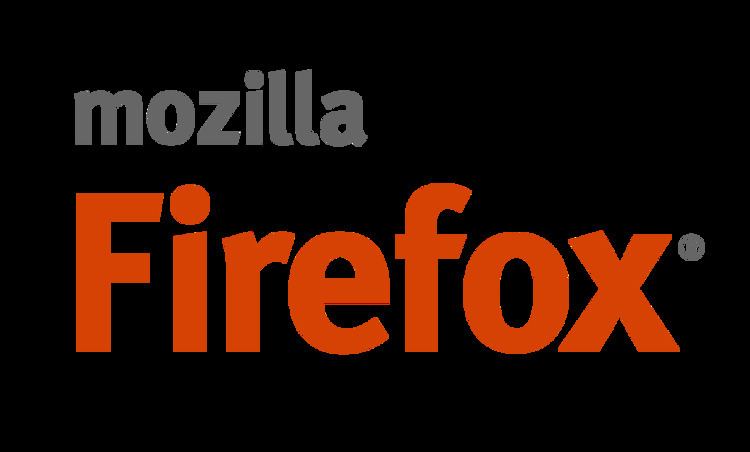Preview release None [±] | Development status End of Life | |
 | ||
Initial release October 24, 2006; 10 years ago (2006-10-24) Stable release 2.0.0.20 (December 18, 2008; 8 years ago (2008-12-18)) [±] Written in | ||
Mozilla Firefox 2 is a version of Firefox, a web browser released on October 24, 2006 by the Mozilla Corporation.
Contents
Firefox 2 uses version 1.8 of the Gecko layout engine for displaying web pages. The release contained many new features not found in Firefox 1.5, including improved support for Scalable Vector Graphics (SVG) and JavaScript 1.7, as well as user interface changes.
On March 22, 2006, the first alpha version of Firefox 2 (Bon Echo Alpha 1) was released. It featured Gecko 1.8.1 for the first time. Mozilla Firefox 2.0.0.x is the final version officially supported on Windows NT 4.0 and Windows 98, although it can run on Windows 95 using tweaks. Mac OS X 10.5 support was added October 18, 2007 with version 2.0.0.8.
Firefox 2.0 featured updates to tabbed browsing environment, the extensions manager, the GUI, and the find, search and software update engines; a new session restore feature; inline spell checking; and an anti-phishing feature which was implemented by Google as an extension, and later merged into the program itself.
Mozilla ended support for Firefox 2 on December 18, 2008.
Overview of changes
Market adoption & usage of Firefox 2
As one article noted after the release of Firefox 2.0 in October 2006, "IE6 had the lion's share of the browser market with 77.22%. Internet Explorer 7 had climbed to 3.18%, while Firefox 2.0 was at 0.69%."
A Softpedia article, however, noted in July 2007 that "Firefox 2.0 has been also expanding its share constantly in spite of IE7. From just 0.69% in October 2006, Firefox 2.0 is now accounting for 11.07% of the market. Mozilla has even sacrificed version 1.5 of its open source browser for Firefox 2.0. With support cut at the end of June, Firefox 1.5 dropped to just 2.85%."
Firefox 2 began to lose notable market share to Firefox 3. Within 24 hours after its release, Firefox 3 usage rose from under 1% to over 3% according to Net Applications in that time period. Firefox 2 market share consistently dropped, eventually being surpassed by Firefox 3 in 2008 and Firefox 3.5 in 2009 in the general browser market as the Firefox version with the greatest share, and by early 2009 had dropped under 3 percent.
End of Life
Firefox 2.x was end-of-lifed in December, 2008. With roughly 26 months of support, only Firefox 3.6 was supported longer. The Gecko 1.8.1 browser core continued to receive patches for projects such as Camino, K-Meleon, and SeaMonkey, even after official Firefox releases had ceased.
By 2011, the 1.8.1 core had become obsolete, as major websites dropped support for it by employing newer technologies for presentation and complex scripting. The latter can be resource-intensive with the older core, and users stuck with it should use NoScript to avoid issues with scripts that take too long to process (at the cost of losing some or all site features beyond basic functionality).
Services with large user bases have relegated browsers with the Gecko 1.8.1 rendering engine to using lightweight or mobile versions of their sites, alongside recommendations to upgrade the browser; while others only recommend to upgrade.
Nevertheless, there is still a very large amount of websites that are freely usable and navigable with Firefox 2.0 or equivalents, alone because many of them must still support other older browsers, like Internet Explorer 6 or IE7.
